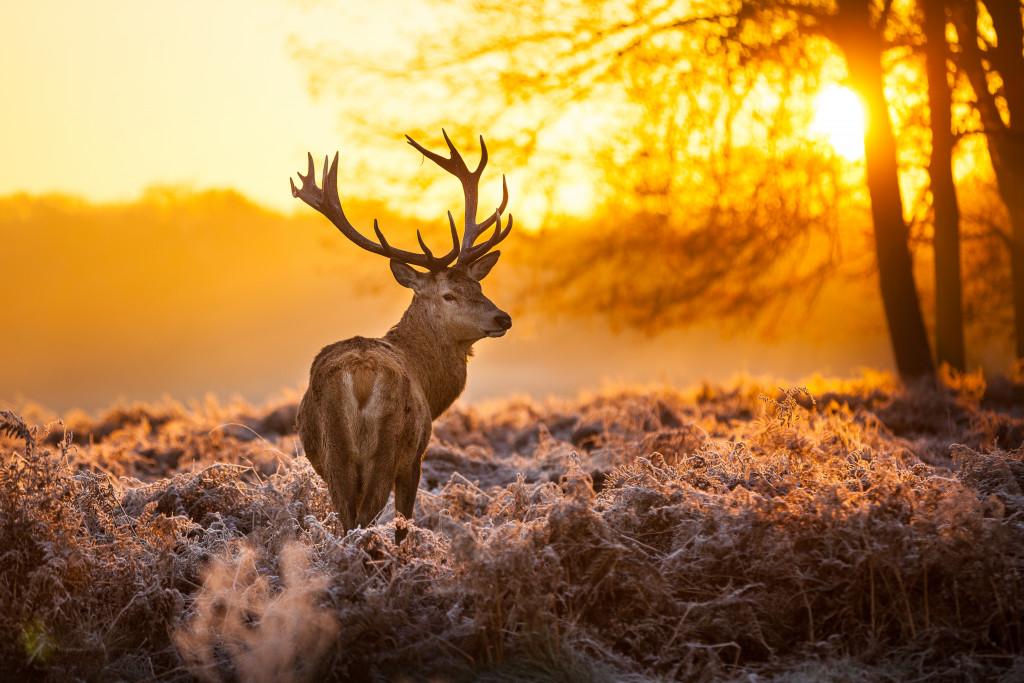The number of animals about to disappear from the face of the planet keeps on increasing unless humans learn to intervene properly.
According to the IUCN Red List of Threatened Species, nearly 40,000 species are already threatened with extinction, and this covers fewer than 30 percent of assessed species in the world. Based on the organization’s goal, it still has over 25,000 species to check.
Although wildlife conservation steps have made considerable progress throughout the years, such as the banning of the sale of ivory or the killing of sharks for their fins, these efforts are usually not enough. Many organizations and individuals are helping to keep these animals alive, but their skills and budget are limited.
For these reasons, more conservationists are counting on to benefit from technology—and so far, it seems the tools they’re using are working. These include the following:
1. Tourist Photos

Some have criticized visits to national parks because the presence of humans can disturb the animals. It also makes them at risk of exposure and poaching later. However, when done right, those Kenya safari tours can assist in wildlife surveying. In fact, they can be more effective than conventional methods.
In a 2019 study in Current Biology, the researchers, for the first time in history, used at least 25,000 images provided by almost 30 tour groups to analyze the population densities of the wild’s top predators, such as wild dogs, spotted hyenas, and lions.
For the experiment, the participating tourists received regular GPS trackers to determine their movements and match their patterns based on the images they would later collect. They then filtered the photos into various categories, like the identified species. Using a computer model, the team later knew the possible animal density in the area.
The results suggested that tourist photographs can be a cost-effective measure to survey specific animals in the wild. The research, for instance, shared that the photographs alone were the only best way to study cheetahs in a specific region and that the overall results were comparable to the standard methods.
However, it may even be a better option than the traditional options, like camera traps that require a huge investment even if they don’t have any guaranteed lifespan. Animals, for example, can trample over them, making them useless immediately.
2. Wildlife Drones
Another tech that proves to be a great ally for conservationists is the drone. As illustrated in many instances, this nifty device can track the changes in the polar mosses or even collect the snot of whales. It may also help count wildlife more accurately than people, according to an experiment called the #EPicDuckChallenge.
What is the #EpicDuckChallenge? In 2018, a team of researchers from the University of Adelaide wanted to measure the accuracy of drones in collecting data about wildlife—to be more specific, the number of animals within a population.
To do this, they produced life-sized replicas of seabird colonies with an already predetermined number of individuals in every group. They then worked with spotters who used binoculars and telescopes to count. In the meantime, they flew drones, which captured images of these colonies at different heights. They then tapped on humans to count the number of “animals” that appeared in the pictures.
When they compared the data, they found that the count using drone images was more accurate than that provided by human spotters. The figures were a lot closer to the actual count.
The difference between both counts was also significant. It ranges between 43 and 96 percent since some images might be pixelated depending on the height the drone took a snapshot.
According to the team, though, the result isn’t surprising. Because the drones can fly higher, they have a much better vantage point than human spotters, even if they counted the birds in favorable weather conditions and at a good height. The tech can spot and take pictures of animals that may be obscure when observed using a pair of binoculars or telescope. Moreover, the accuracy further increases because researchers can now review the images over and over.
While the team believes that they need to conduct more studies on animals that prefer to stay hidden, the drones can already be beneficial equipment in monitoring population growth and densities of creatures that can be observed from above, including different types of birds and their nests, as well as large animals in the waters.
Wild animals play a huge role in maintaining ecological balance, but they need help keeping their ideal numbers. Humans may found a great partner in tech tools like photos and drones.

